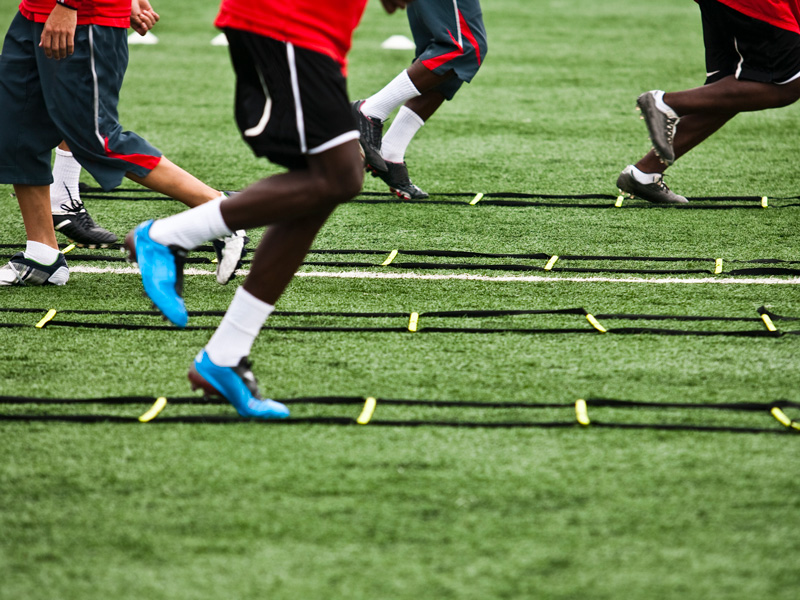Sports injuries are a common occurrence among athletes of all levels. While some injuries may be minor and easily recoverable, others can be debilitating and even career-ending. Injuries can occur as a result of a single traumatic incident or as a result of repetitive strain over time. Regardless of how they occur, injuries can be a frustrating and stressful experience for athletes.

The most common sports injuries include strains, sprains, fractures, and ligament tears. These injuries can lead to pain, swelling, stiffness, and reduced mobility. They can also lead to psychological distress, as athletes grapple with the prospect of being sidelined from the sport they love. However, with proper care and attention, most injuries can be managed and overcome.
The first step in dealing with a sports injury is to seek medical attention. Athletes should consult with a physician or sports medicine specialist to accurately diagnose the injury and determine the appropriate course of treatment. Treatment options may include rest, physical therapy, occupational therapy, or surgery, depending on the severity of the injury.
In addition to seeking medical attention, athletes should also take steps to support their own healing and recovery. This may include following a healthy diet that is rich in nutrients, getting adequate rest and sleep, and staying hydrated. Athletes may also benefit from incorporating other healing practices into their routine, such as massage, acupuncture, or yoga.
It is also important for athletes to take a proactive approach to injury prevention. This may include warming up properly before physical activity, wearing appropriate protective equipment, using proper form and techniques, and gradually increasing the intensity and duration of training. By taking steps to prevent injury, athletes can reduce their risk of developing serious injuries in the first place.
While injuries can be a frustrating and stressful experience, they can also be an opportunity for growth and learning. Athletes who are able to successfully manage and overcome injuries can emerge stronger, more resilient, and more determined than ever before. By taking care of their physical and emotional health, seeking appropriate medical attention, and adopting a proactive approach to injury prevention, athletes can continue to pursue their passions and achieve their goals, despite the potential risks of injury.

